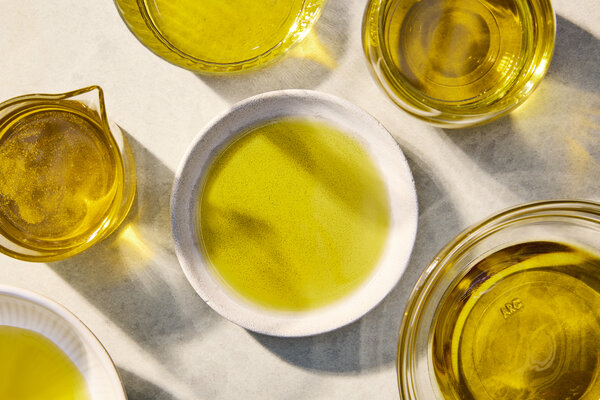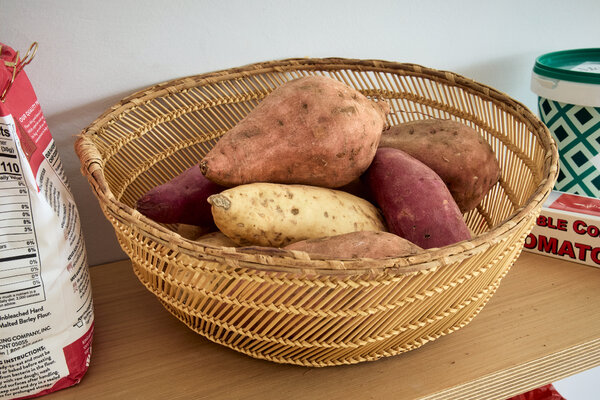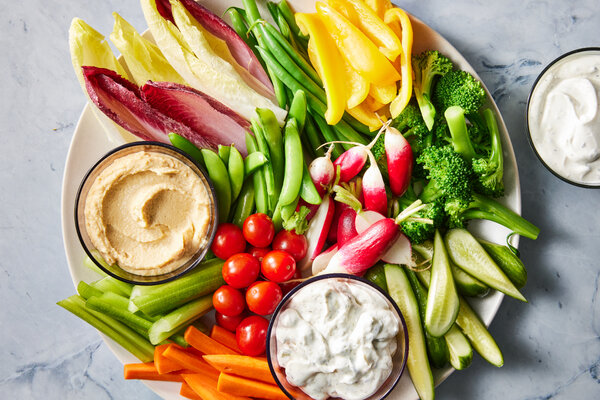A good olive oil can truly make a dish. Here’s Andy Baraghani’s advice for how to shop and cook with it.
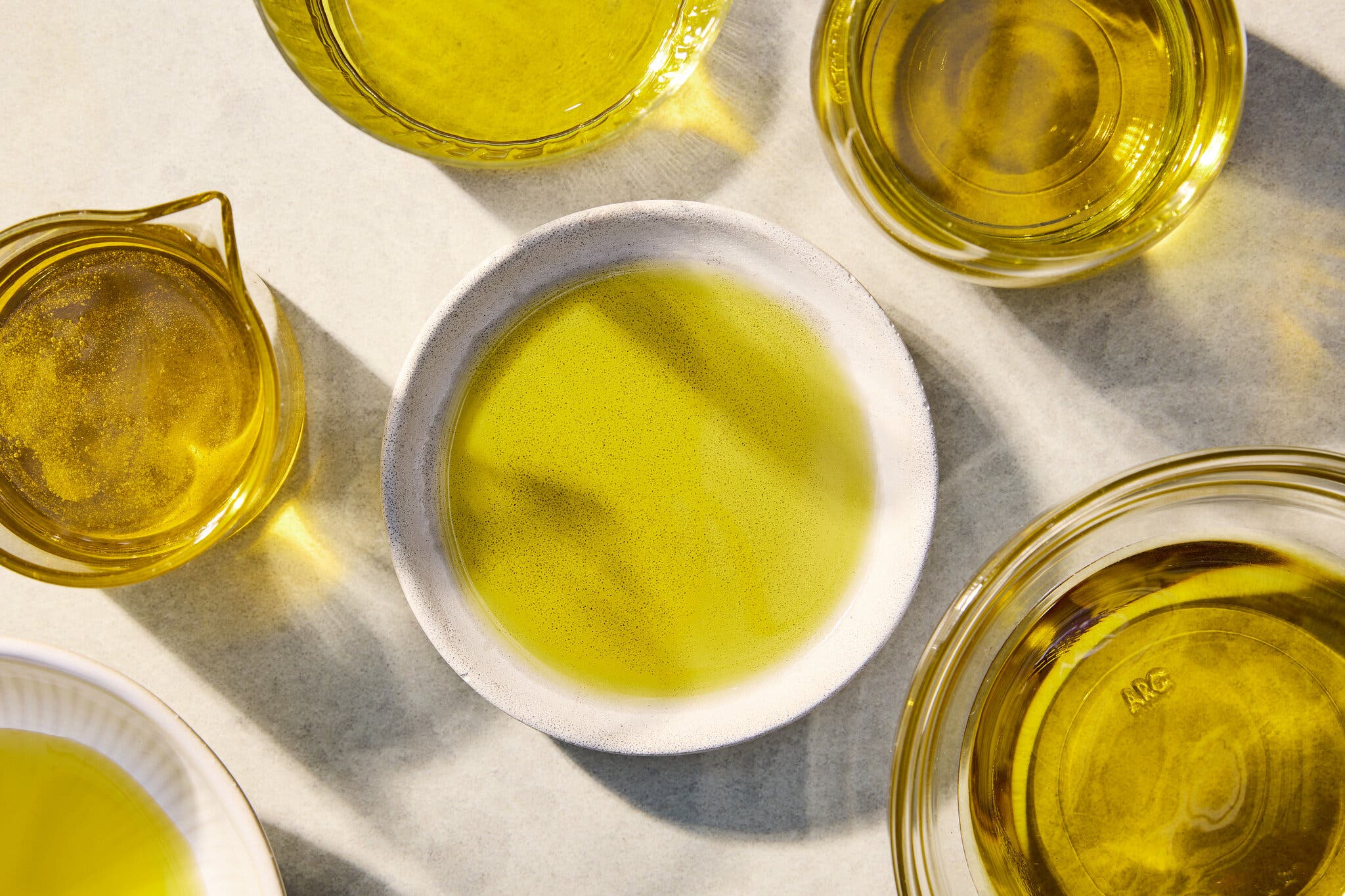
Treat olive oil like the star it is, and it will pay you back in dividends.Christopher Testani for The New York Times. Food Stylist: Spencer Richards.
This video and article are part of Cooking 101, our series on kitchen fundamentals. Every episode covers a different technique, with tips and recipes from guest hosts who are experts to set you up for success.
By The New York Times Cooking
I’ve always cared about olive oil, probably more than most.
Even in my early 20s, when I was broke and still learning how to cook, long before becoming a cookbook author and recipe creator, I kept two bottles on hand: one for cooking, and another for moments that called for something more special — the arrival of perfect summer tomatoes or a fluffy flatbread still warm from the oven. It felt a little dramatic at the time.
Now, while I know it’s a splurge, I usually have seven or eight open at once. That’s not because I think everyone should, but because I’ve seen how much olive oil can change what you’re eating and different producers make oils with a range of tastes. Having two on hand — one sturdy, affordable extra-virgin for cooking, and a more vibrant, nuanced one for drizzling over vegetables, whisking into vinaigrettes, or just mopping up with bread — can offer so many options. Think of it like wine: You wouldn’t serve the same bottle with pizza and a special dinner.
The problem is, we’re taught to treat olive oil like an afterthought — something to cook with, gloss over a salad, maybe drizzle at the end. But when the oil is good, really good, it becomes the anchor, the thing that ties a dish together.
So what makes a good one?
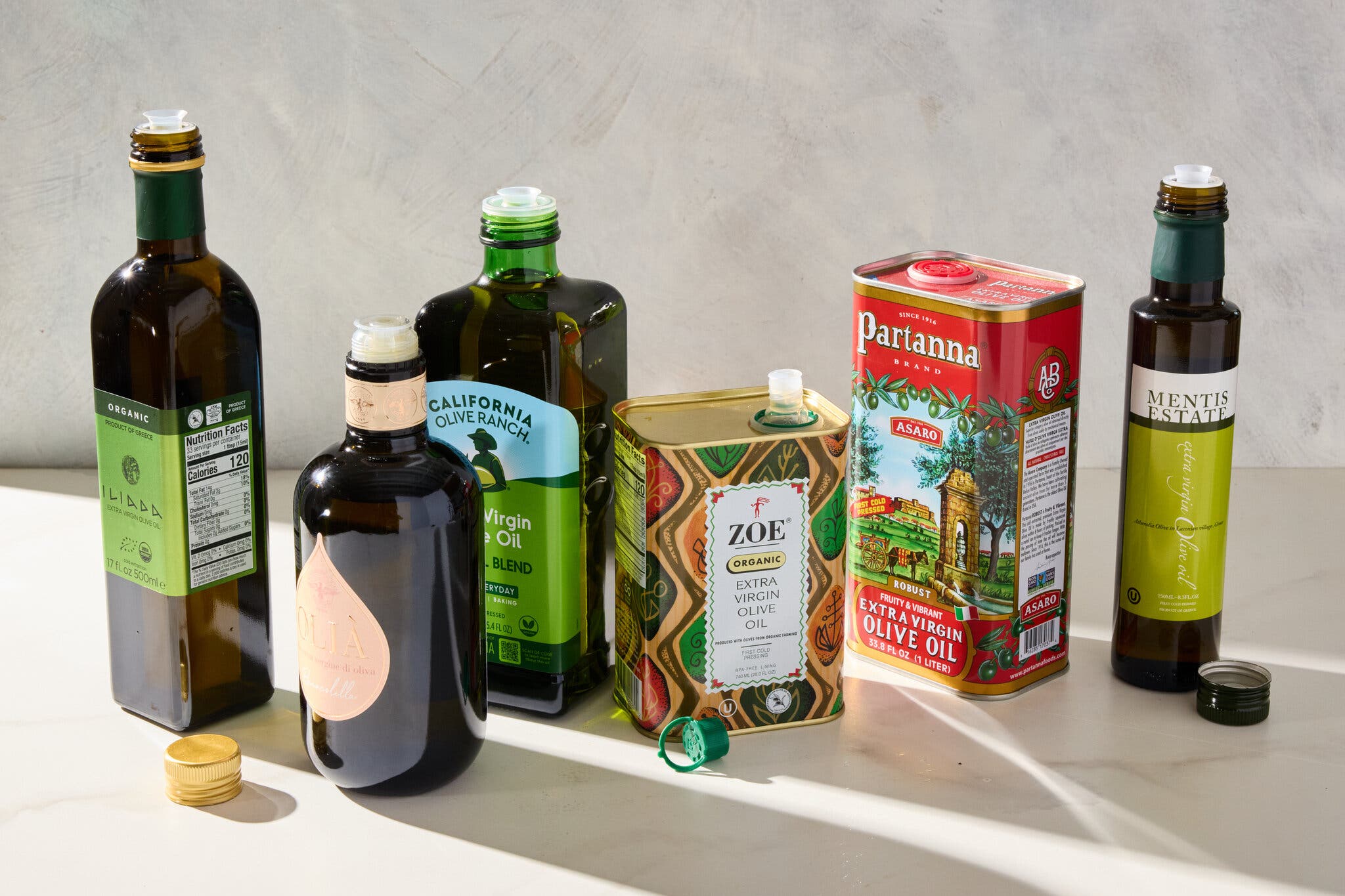
A designation of “extra-virgin” means an oil is unrefined and untreated.Christopher Simpson for The New York Times. Food Stylist: Susie Theodorou.
1. Start with a bottle labeled ‘extra-virgin.’
“Extra-virgin” olive oil carries the highest designation, but here’s the catch: There are no globally enforced standards for what qualifies as “extra-virgin,” so quality can vary widely among producers. (California has strict standards, but only makes up a small amount of the oils sold globally.) Oils labeled “extra-virgin” may be meant to be lab- and taste-tested, but that doesn’t guarantee greatness — that depends on the olives, their ripeness and how carefully they were milled and stored. But “extra-virgin” is a good start, whether for cooking or finishing with a drizzle.
Skip anything labeled “light” or “pure,” as those oils have often been stripped of flavor. And don’t judge by color: Pale gold can be as vibrant in taste as deep green. The richness of an extra-virgin oil is exactly what makes my recipe for olive oil-poached tuna with aioli so good. The fish takes on the oil’s grassy, peppery notes while staying tender, and the leftover oil, perfumed by garlic, thyme and chile, becomes a second ingredient entirely.
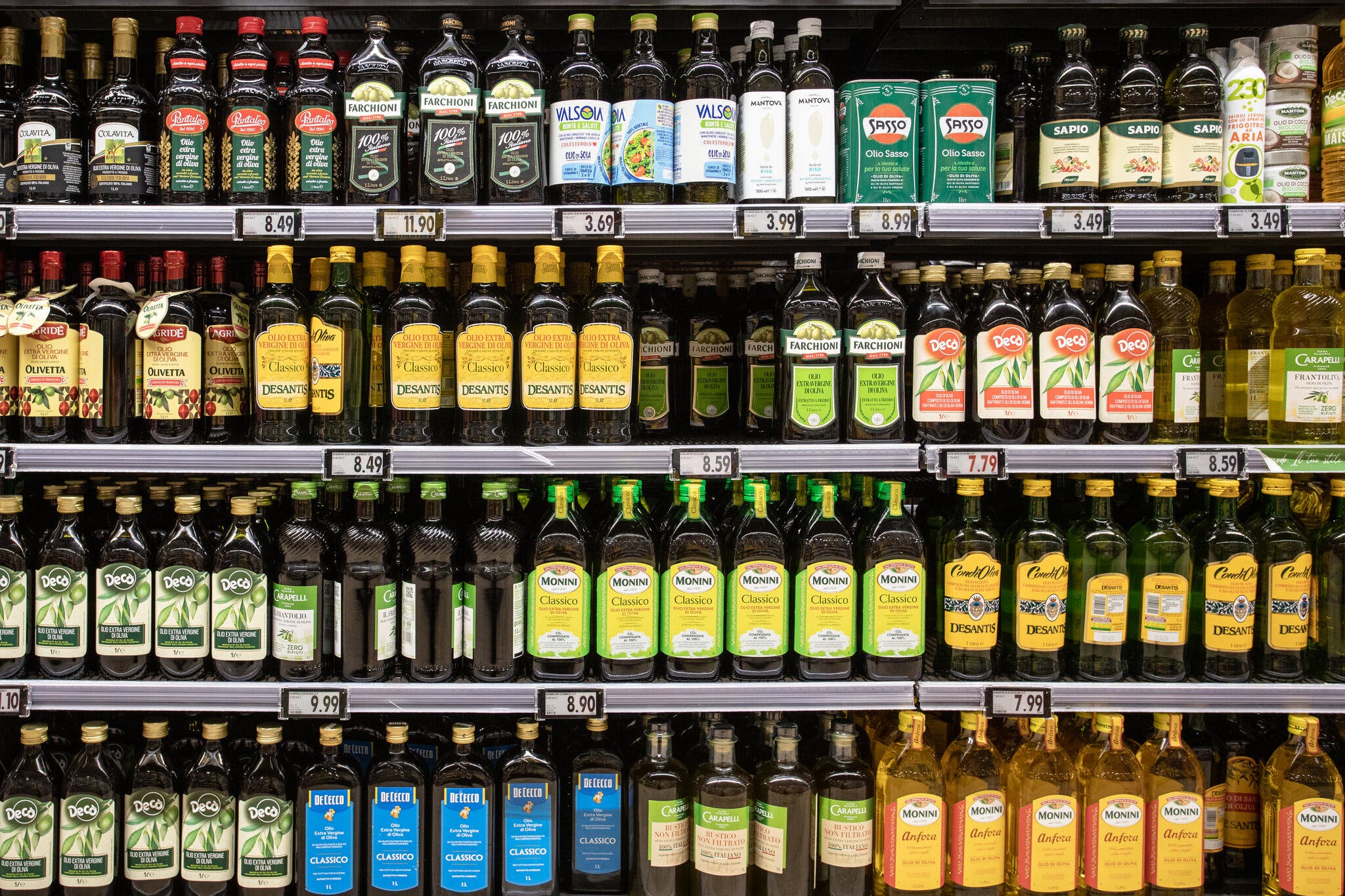
A dark glass container or metal one are especially great for preserving an oil’s flavor.Francesco Guerra for The New York Times
2. Look for a dark container.
Quality oil should come in metal or dark glass. Light (especially ultraviolet light) degrades olive oil, breaking down its antioxidants and causing it to oxidize faster, which leads to rancid, stale or “cardboardy” flavors. If your oil is in clear glass, which can still happen with great small producers, just store it in a dark cabinet or pantry. And always store it away from heat, which can damage the flavor and quality.
The oil needs to be fresh so those fruity, peppery or grassy notes bloom in the pan and carry flavors into every bite. In the case of my olive oil and chile-fried eggs, the oil is infused with garlic and smoked paprika, while keeping the yolks bright yellow against the brick-red oil in the pan. An old or poorly stored oil would just leave it all tasting flat.
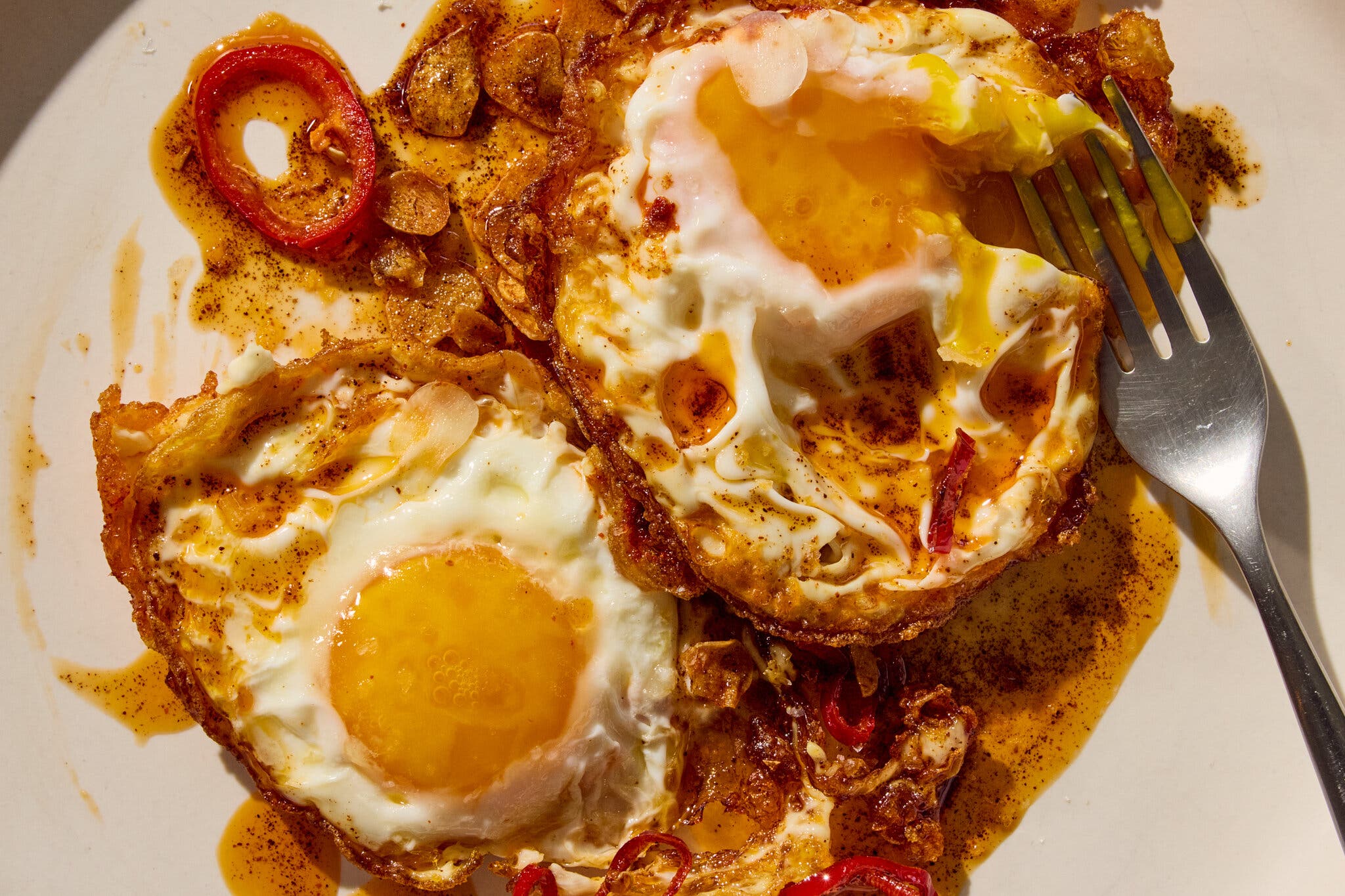
Christopher Simpson for The New York Times. Food Stylist: Susie Theodorou.
3. Assess its origin.
“Product of Italy” doesn’t mean the olives were grown or milled there, it means only that the oil was bottled in Italy. Flip the bottle over. You want to see a single country of origin listed — or better, a single producer, which will mean you’re getting oil made with a consistent batch of olives, often harvested and pressed within hours. That attention to detail is especially important for dressings, where the oil really needs to shine. A fruity, well-made oil balances miso’s saltiness and honey’s sweetness in the recipe here, turning a quick sauce for green beans or cucumbers into something you want to keep in a big jar at all times.

Christopher Simpson for The New York Times. Food Stylist: Susie Theodorou.
4. Smell your oil.
If your olive oil doesn’t smell like anything, it probably won’t taste like much either. A great oil should smell green, fresh, alive. Give it a sniff before pouring: Even once-vibrant olive oils can start to lose their aroma after a while. If the oil smells bland, it’s best for sautéing, roasting or baking rather than finishing. If it smells rancid (or waxy), toss it. Pour the good stuff over things that are otherwise simple, like just-grilled bread rubbed with garlic, a savory yogurt dip with lots of lemon and salt, or a warm bowl of brothy beans. Remember that the best olive oils don’t shout. They just make everything taste more like itself. And when the oil’s as tasty as it should be, you’ll be sure to use it up long before it fades.
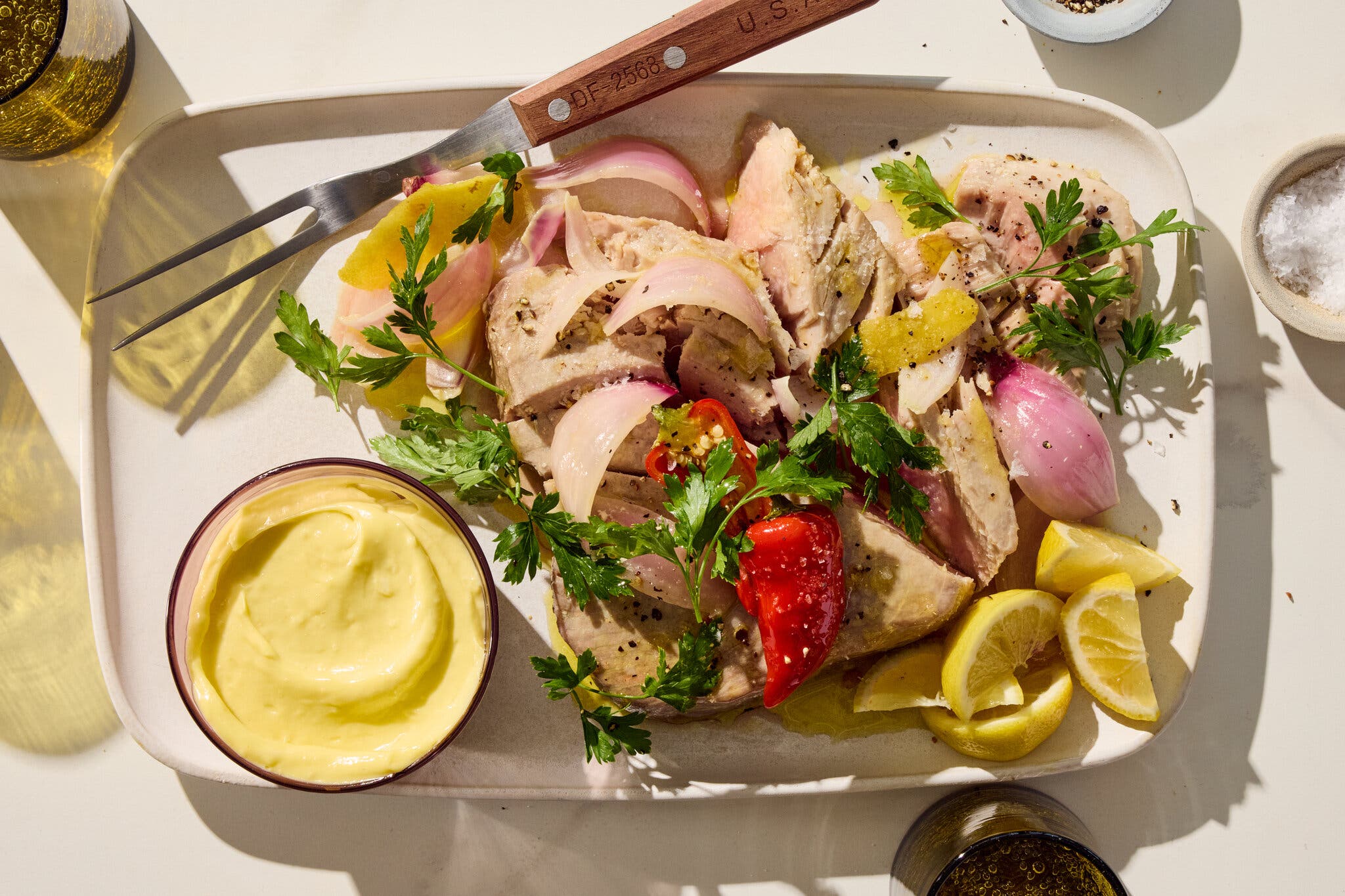
Christopher Simpson for The New York Times. Food Stylist: Susie Theodorou.


